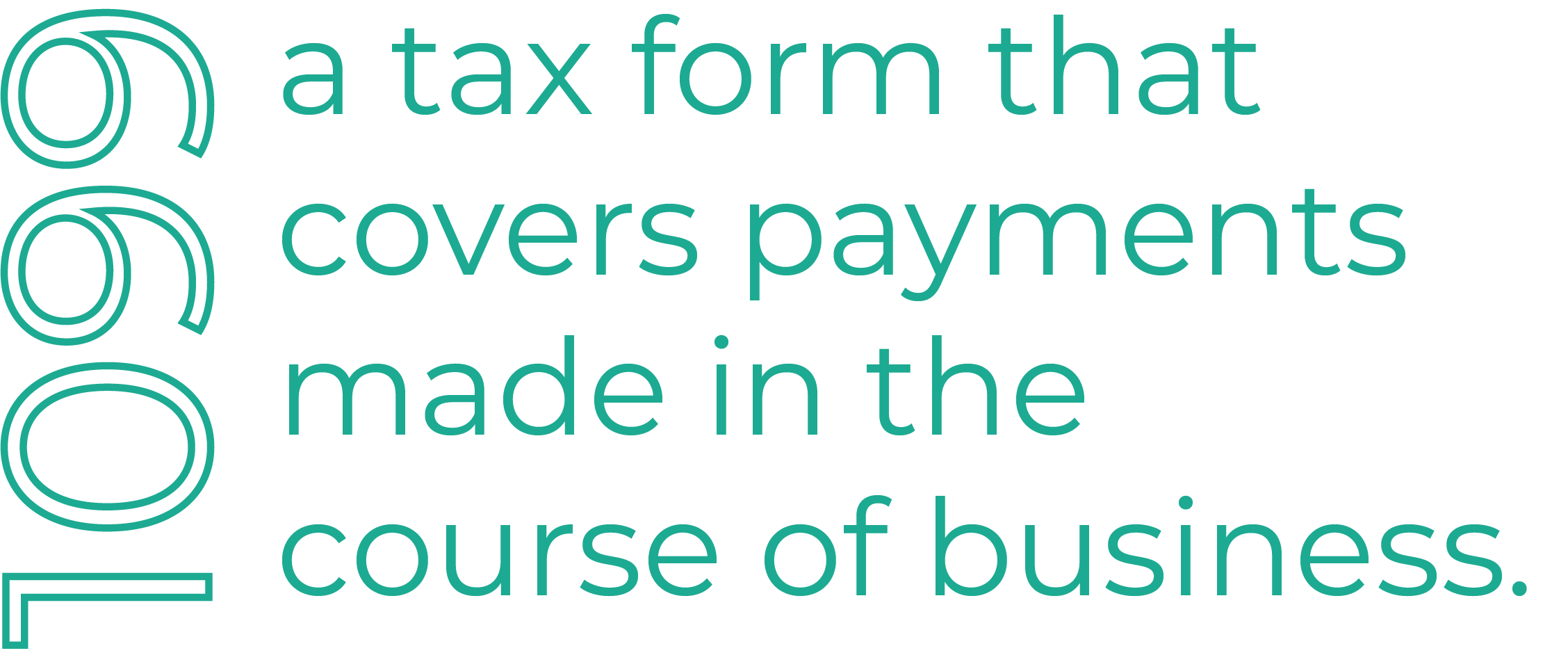Who Do I Need to Send a 1099 To? And Other 1099 Questions
For many small business owners, the 1099 form is a familiar part of tax season, but with over a dozen types of 1099s, they can be confusing. These forms help you report the exchange of money for goods or services to the IRS, so it’s important to understand them. If you’re not sure what the difference is between a 1099-MISC and a 1099-NEC, we can help. We’re sharing the basics of 1099s, from what they are to which ones to file.
What is a 1099? The Basics
As a small business owner, a 1099 is a tax form that covers payments made in the course of business. The IRS considered these “information returns,” which help make your taxes more accurate.
As a rule of thumb, 1099s are required if you’ve made payments over $600 to an individual, LLC, or partnership throughout the year. This amount may vary based on the specific form, so if you have unique circumstances, check with your tax preparer for more information.
To prepare for sending your 1099s, you’re required to request a W-9 from vendors and contractors when you enter into a working relationship with them. This will help you collect the necessary information from them and prepare for tax season.
Once you’re ready to file, you can do so electronically or in print. Print copies must be filed on IRS-issued forms printed in triplicate, while electronic copies should be filed with an authorized e-file provider to protect sensitive data. Either way, 1099s must be filed with the IRS and sent to the recipient by January 31.
What Types of 1099s Are There?
Over a dozen types of 1099s exist, each addressing different types of transactions. Transactions like interest payments (INT), dividends and capital gains (DIV),and even HSA distributions (SA) each have their own form type. However, as a small business owner, you will most likely be using the 1099-NEC.
NEC, or “non-employee compensation,” forms are sent to parties paid more than $600 for goods or services throughout the year. This includes independent contractors, freelancers, gig workers, and others. If you’re unclear on who your employees and non-employees are, take our quiz.
In the recent past, business owners could use the 1099-MISC to file these payments, but the NEC was reintroduced in 2022. This may change how you file, but the same information will be captured.
Depending on the size and focus of your business, you may need to consider form types, such as the 1099-MISC, which reports on rents, prizes, and other types of payments. For more information on what you should be filing, contact your tax professional. When in doubt, remember that filing unnecessary 1099s has no penalty, while not filing required forms can cost you time and money.
Who Do I Need to Send a 1099 To?
In general, you should be sending 1099-NECs to any non-employee you’ve paid more than $600 to throughout the year through your small business. This includes contractors, freelancers, and sole proprietors, among others. You do not need to issue NECs to C Corporations or S Corporations, with some exceptions, such as payments to attorneys.
Depending on your business, you may need to send other types of 1099s to other people. Check with your tax preparer to ensure you’re sending out all the necessary paperwork before the deadline, January 31.
Understand Your 1099s with KeyLin Advisors
With so many types of 1099s, it can be easy to lose track of who gets what and when. Working with a bookkeeping and accounting partner can help you make sure you’re filing what you need to on time and correctly. At KeyLin, our team has expertise across the financial industry, which allows us to meet all your small business accounting needs while sharing our knowledge with you so you’re equipped to make business decisions. Schedule your free first appointment to learn more about your tax preparation opportunities.


